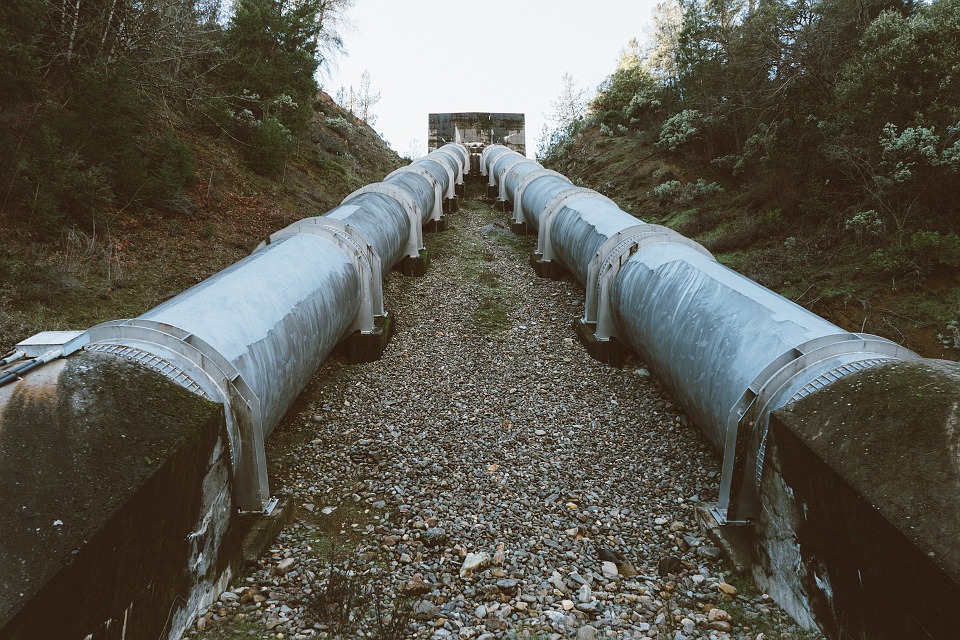In 2016, U.S. coal production decreased 18.8 percent year-over-year to 728.4 million short tons, the lowest annual production level since 1979, according to the U.S. Energy Information Administration (EIA). Last year also marked the first full year electric generation powered by natural gas edged out that from coal — 34 percent compared to coal’s 30 percent. Natural gas prices in 2016 were the lowest in almost two decades, according to the EIA. Moving this gas, oil and other liquids has become more efficient from production zones to power plants, ports, refineries and other places throughout the United States.
Texas leads the nation in energy production, primarily from crude oil and natural gas. The state produces more than one-third of all U.S. crude oil reserves and more than one-fourth of the nation’s natural gas reserves. Recent increased use of enhanced-recovery practices, horizontal drilling and hydraulic fracturing technologies in the Permian Basin has resulted in a substantial impact on U.S. oil production. Although the reserves are found in several geologic basins around the state, the largest fields are in the Permian Basin of West Texas, where 19 of the nation’s top 100 oil fields are located.
 According to the Railroad Commission (RRC) of Texas, in 2008, oil production at the Permian Basin was at 710,480 barrels a day. As of August 2017, oil production now sits at 1.6 million barrels a day. Around 3,529 million cubic feet (MMcf) of natural gas was produced daily at the Permian Basin in 2008. In August 2017, that amount has risen to 5,738. Much of the last decade’s rise in production is the result of drilling in the Barnett, Eagle Ford and Haynesville-Bossier shale formations.
According to the Railroad Commission (RRC) of Texas, in 2008, oil production at the Permian Basin was at 710,480 barrels a day. As of August 2017, oil production now sits at 1.6 million barrels a day. Around 3,529 million cubic feet (MMcf) of natural gas was produced daily at the Permian Basin in 2008. In August 2017, that amount has risen to 5,738. Much of the last decade’s rise in production is the result of drilling in the Barnett, Eagle Ford and Haynesville-Bossier shale formations.
Natural gas is shipped from Texas to markets across the nation and into Mexico using a pipeline system. There are over 439,771 miles of pipeline in Texas. Texas’ pipelines are divided into the categories of natural gas and LP-gas distribution lines, hazardous liquid and natural gas transmission lines, intrastate production and gathering lines leaving a lease lines, and interstate lines. The RRC of Texas has safety responsibility over the first three categories. New rules through the RRC of Texas went into effect March 1, 2015, that T-4 applications must have new information including the requested classification and the purpose of the pipeline as a common carrier, a gas utility or private line operator. New applications must also include a sworn statement from the contractor providing a “factual basis” supporting the classification and purpose. The procedure was to provide a more transparent permitting process for pipelines operating in Texas.
There are more natural gas market hubs in Texas than in any other state. Because the natural gas infrastructure in Texas is well connected to consuming markets throughout the country, this generates revenue that the state depends on and needs.
According to Thure Cannon, president of the Texas Pipeline Association, Texas Tech University produced a report, Current and Future Economic Impacts of the Texas Oil and Gas Pipeline Industry, outlining the importance of these revenues into the state’s economy. The study provides estimates of the 2013 economic impact of the Texas oil and gas pipeline industry and projections for the year 2024.
In the year 2013, the total economic impact from Texas pipeline operations and construction include:
- Over $33 billion in economic output
- More than 165,000 jobs
- Over $18.7 billion in additional gross state product
- Over $1.6 billion in state and local government revenues
By the year 2024, depending on economic conditions, projections demonstrate that the total economic impact from Texas pipeline operations and construction will generate between:
- $30-41.4 billion in economic output (in today’s dollars- 2014)
- 150,000-206,000 jobs
- $17-23.4 billion in additional gross state product (in today’s dollars- 2014)
- $1.5-2.0 billion in state and local government revenues (in today’s dollars- 2014)
Between 2014 and 2024, the Texas pipeline industry will generate cumulative economic impacts (in today’s dollars- 2014) of around $374 billion in economic output, $212 billion in additional gross state product and contribute $19.5 billion in state and local government revenues. Additionally, the industry will sustain an average of around 171,000 jobs per year in the state of Texas.

Since 1995, SPI’s procurement consulting services have helped companies of all sizes effectively navigate the various jurisdictions of government procurement. Contact them today to learn how they can help grow your business.
